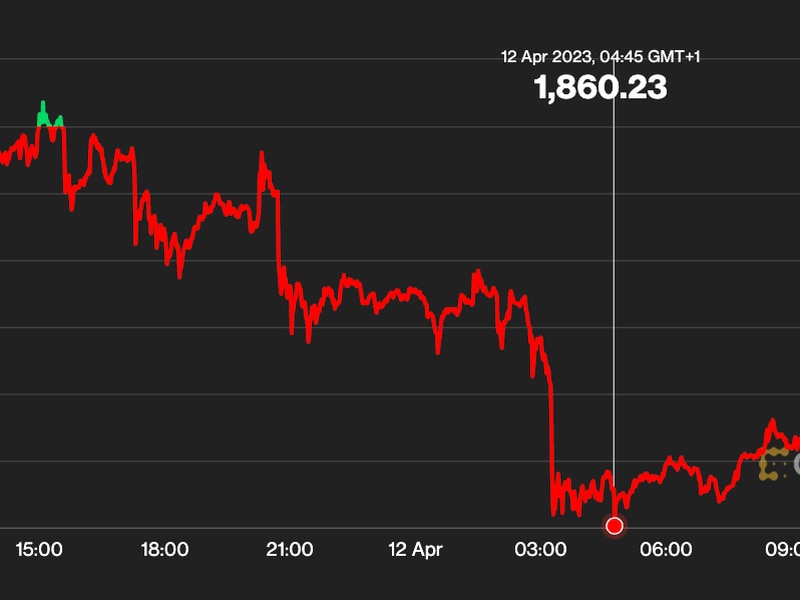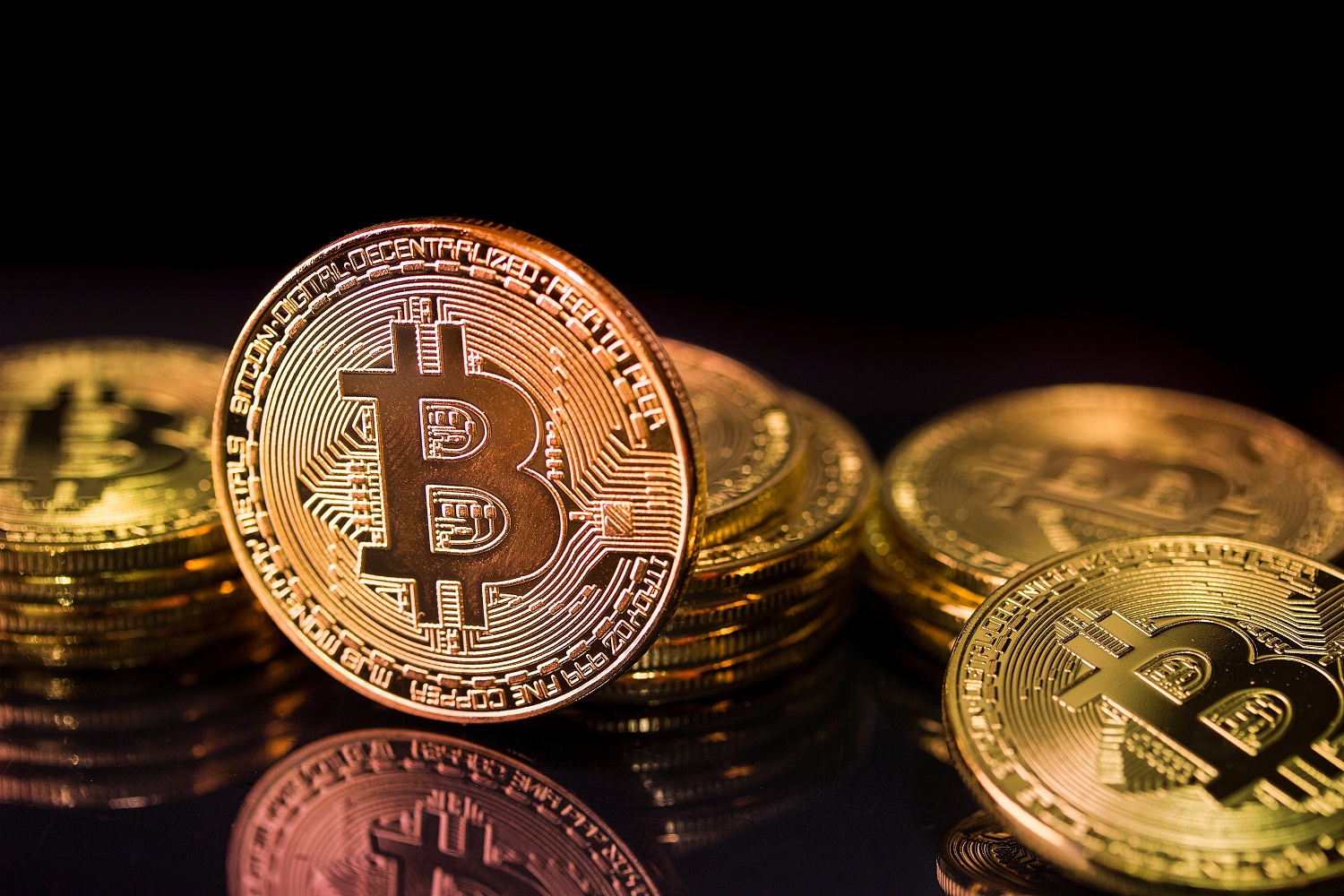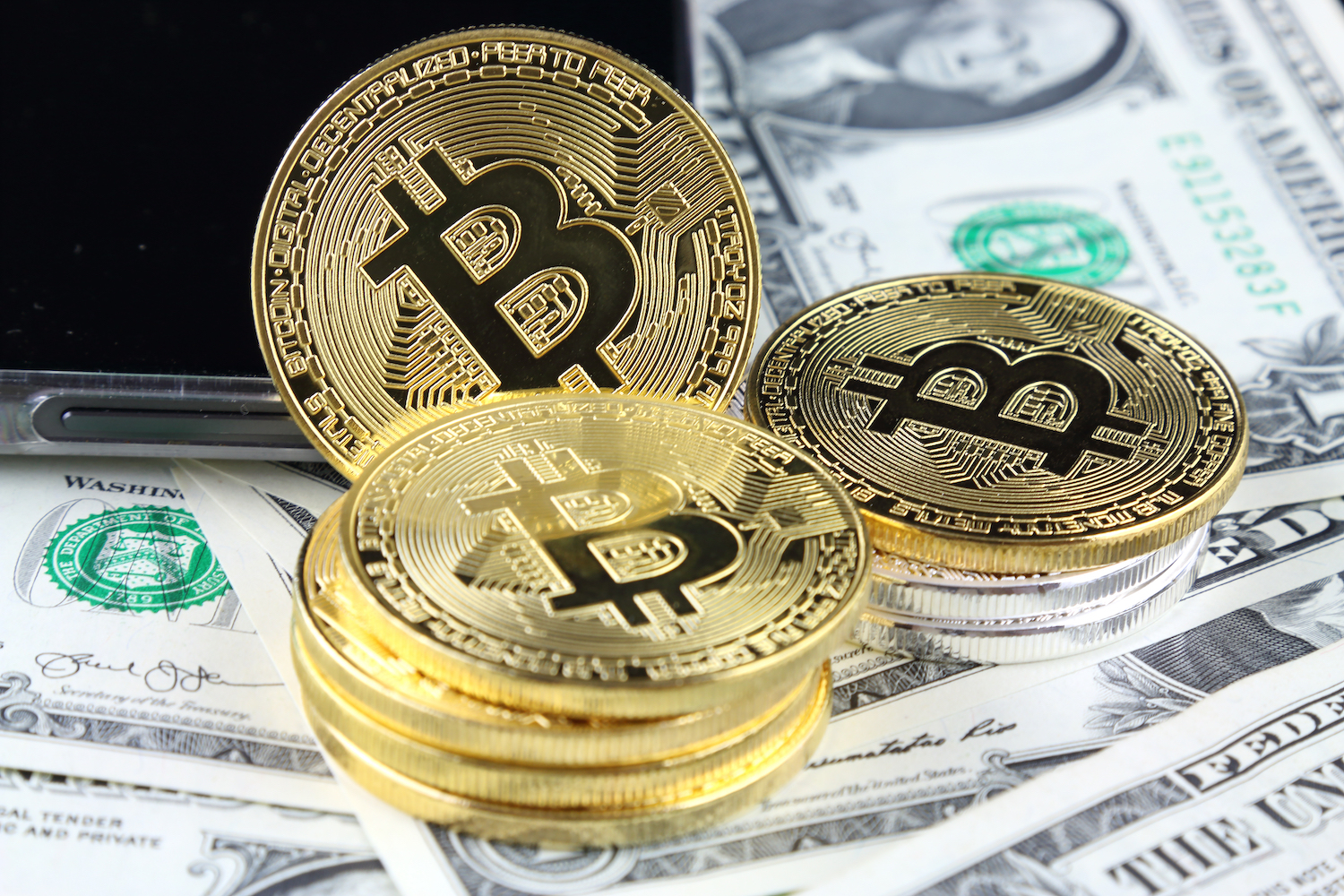Decentralization Is the Point, and We’re Not Talking Enough About Why
Lots of critics have a hard time seeing the value proposition of blockchains, and I can’t entirely blame them. As I often have to tell my clients, anything you can do on a blockchain you can do better, faster and cheaper with a centralized system. So why bother at all?
Blockchains are absurdly complicated systems where everyone is checking everyone else’s work. You thought public key encryption was tedious? Try wrapping your head around zero-knowledge proofs. I have, frankly, given up and just trust the EY R&D staff when they tell me the math works.
Paul Brody is EY’s global blockchain leader and a CoinDesk columnist.
So what is the value proposition of a public blockchain? Why go to all that trouble? The answer is decentralization. It’s the only thing you can truly have on a public blockchain that you cannot have in any other system. And we’re not talking very much about why decentralization is immensely important for every single company on Earth and for all our longer-term prosperity. A reasonable guess as to how much decentralization is worth is about $1 trillion a year in the U.S. alone, and it’s growing every day.
Decentralization has always mattered, but we’ve rarely noticed because it used to just be the way the world worked. We used to have a great deal more decentralization than we do today. As a child, visits to my grandparents in Europe were this amazing world of nearly the same but not quite: Blaupunkt radios, Grundig televisions, Marks & Spencer clothes – all things I did not see in the United States. Even the things that you might expect to be the same were not. Ford Escorts in Europe bore little resemblance to the cars sold in the United States.
This decentralization didn’t require any planning and conscious work. It was basically impossible in the old days to run global organizations. Before we had global companies we had multinationals. The names are different because multinationals were companies that operated in many countries, but they were unique firms in different countries. Products looked different around the world because there were no real-time data networks for design collaboration. When a five-minute international phone call cost as much as a dinner for the whole family, it was not practical to have global design or engineering teams. And we didn’t have global software products or data networks either.
Decentralized networks have a wonderful track record of becoming monopolies without becoming predatory.
Gradually, one bit at a time, that world of local products and variations has disappeared, largely because digital technology enables scale and integration. Over the decades manufacturing scale and digitization have obliterated thousands of smaller brands and companies. This has been a good thing for all of us. In our modern global economy, radios, televisions and clothes are all much cheaper than they used to be.
But while scale has consolidated manufacturing and made stuff very inexpensive (and uniform), digitization has brought us a new global age of centralized digital monopolies and cartels, and that’s not a good result.
The root cause here is that digital marketplaces are pretty much all natural monopolies, and software and networks are turning just about everything into a digital marketplace.
Take something simple like a taxi ride. As a child, taxi rides were different everywhere. In London they were an expensive luxury. In Athens, an affordable convenience. In New York, an unavoidable expense, especially if you were going to and from an airport. They were all different and unique. Now, they’re all digital marketplaces for ride sharing. Two companies dominate that business globally.
The economics of software and networks make this unavoidable. The value of a network, whether it is for instant messaging or ride sharing, gets bigger as you add more users. The more users you have, the more attractive it is for other users to join the network. Over time it becomes increasingly difficult, and eventually nearly impossible, to catch up with the market leader.
Don’t get me wrong. This process is immensely valuable for business transformation. Early stages of investment to digitize and perfect a marketplace are immensely difficult and create enormous value. Building a real-time system to match drivers and riders in nearly every city, integrated with GPS maps and directions, pricing models, reputation systems and payment systems is a Herculean task. The results are so amazing when you first take one of these rides, it almost feels like magic. You get in, you ride and you get out and walk away.
Though the early days of digital integration and marketplace development produce enormous value for buyers and sellers, eventually, things start to go wrong. At a certain point these emerging monopolies start to behave less like valuable ecosystem builders and more like extractive monopolists. Prices and fees start to rise and these companies begin an endless cycle of data mining and marketplace exploitation.
It’s the only thing you can truly have on a public blockchain that you cannot have in any other system.
This isn’t just me whining about the cost of cab fare or the occasional dishonest cabbie. The academic evidence is piling up at both the micro and macro levels. Big retailers that dominate the market are taking ever bigger shares of third-party sales. Ride-sharing companies have raised fees and “take rates” significantly in the last couple of years as the market has consolidated. At the macro level, corporate profits and industry consolidation driven by technology are at the highest levels since the gilded age of monopolies in the 1920s. We’re living in a global golden age of centralized monopolies, many of them facilitated and driven by technology.
Not all network-enabled technologies produce extractive monopolies. Decentralized networks have a wonderful track record of becoming monopolies without becoming predatory. The internet is a perfect example. TCP/IP, the core technology that underpins all our internet communications, is free, open and permissionless. Internet usage has literally become too cheap to meter in much of the world. Email is another decentralized protocol. There’s no monopoly because there’s no company at the center of these networks obliged to maximize shareholder value.
How is it that we can have a global network for nearly instant communications that is astoundingly reliable and for which the cost of usage is nearly too cheap to meter and has been running for decades without interruption, but we need to pay 30% of our cab fare to a software company?
The internet as a whole is not radically simpler than ride-sharing. The only real difference is that one is run by a couple of centralized companies and the other is a decentralized and open network. This is not about being against capitalism or free markets, this about being against monopolies and the damage they present to our prosperity.
To avoid a world of endless monopolies, we have three choices. We can stop the march of digitization and networks. We can regulate the heck out of all these monopolists. Or we can build decentralized systems that can’t become monopolies.
The first choice isn’t a real option. The second choice is a political nightmare. The third choice is called Ethereum. It’s TCP/IP for business value, a pathway to digitization without the risk that you’ll end up a cab company in a ride-sharing world.
And how does this fit back into the bigger picture about the economy and policy? Because commercial profit-maximizing monopolies create something that economists call “deadweight losses.” That is, profit-maximizing monopolists set the price of a product at a level that maximizes their profit, regardless of what that might have to do with the cost of a product. That price, no surprise, is going to be higher than it would be in a competitive market, and therefore there will be less product consumption.
Nor is this just a matter of transferring wealth from customers to the monopolist. Yes, for sure, the monopolist makes more money, but the economy as a whole is also smaller because there is less production and less consumption overall.
How much does this all add up to? Quite a bit. Thomas Philippon, a professor of finance at New York University, estimates that monopolies cost American consumers about $3,600 a year, about 5% of our national output. Across the total U.S. economy that means additional costs of roughly $1 trillion. As the world becomes ever more digitized, that number is only going to get bigger.









